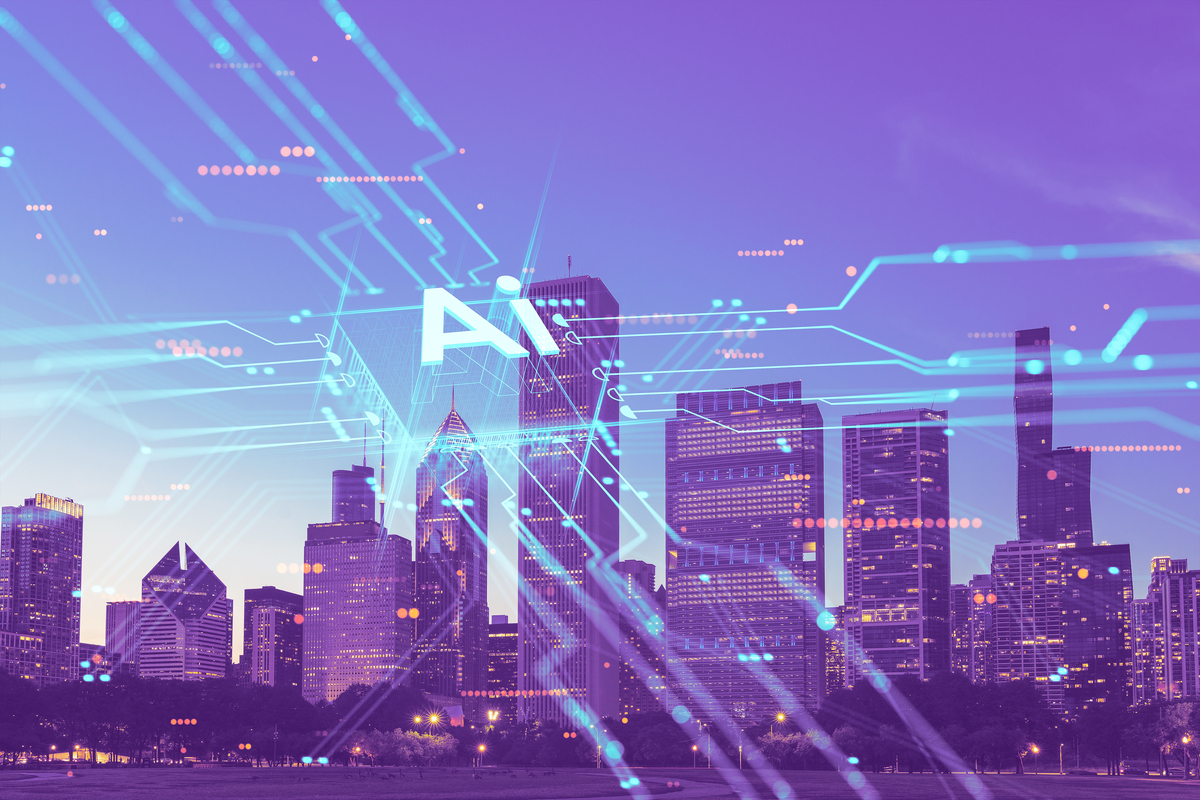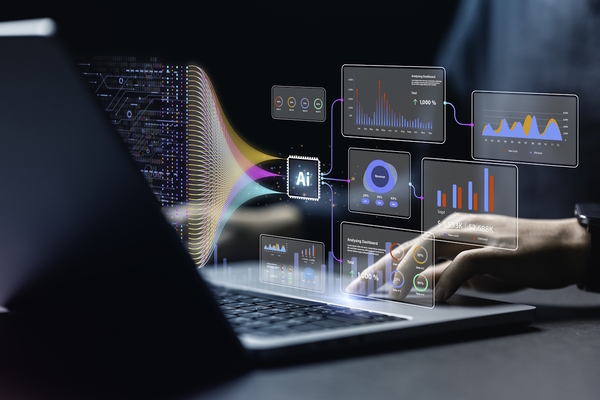How AI can supercharge your enterprise cyber-security
Sponsored by Armis Security
Today’s organisations are facing unparalleled, dynamic security challenges. And with the rise of connected technologies such as the internet of things (IoT), operational technology (OT) and cloud systems, the potential attack surfaces have dramatically increased, making it harder than ever to protect the vital assets that help businesses run.
For instance, IoT includes everyday devices such as smart thermostats or medical equipment connected to the internet, while OT covers industrial systems controlling machinery and production lines. Cloud infrastructure adds another layer of complexity, allowing data access from virtually anywhere, but also introducing new vulnerabilities. In sectors such as healthcare and manufacturing, these technologies are crucial, but they also open the door to cyber-threats that can disrupt operations or compromise sensitive data.
The stakes have never been higher. A cyber-attack can ripple through an organisation, causing significant financial losses, operational downtime and lasting reputational damage. In response to these evolving threats, AI is becoming a game-changer in cyber-security, offering organisations more powerful tools to manage and mitigate risks.
Hackers and cyber-miscreants are leveraging the most cutting-edge AI technology to formulate and execute cyber-attacks. The security community cannot rely on old and outmoded security solutions and expect them to thwart these dynamic and sophisticated attacks.
AI: redefining cyber-exposure management
But there is hope. Today’s AI-driven technologies are enhancing cyber-exposure management by delivering full visibility into complex networks, including often-overlooked cyber-assets such as IoT and OT devices. Traditional cyber-security methods are being outpaced by the sheer scale and complexity of digital ecosystems, but AI offers a solution. Through advanced machine learning, enterprises can now identify vulnerabilities, assess risks and detect threat patterns more efficiently.
This is particularly critical as cyber-attacks grow more sophisticated, with state-sponsored campaigns targeting critical infrastructure and connected devices. AI provides organisations with tools that not only react to threats but anticipate and prevent them, staying one step ahead in the ever-evolving cyber-security landscape.
Smarter threat intelligence and response
AI’s core strength in cyber-security lies in automating threat detection and response. Instead of relying on manual intervention, AI systems can swiftly analyse vast amounts of data, identifying patterns and anomalies that might indicate a breach. This real-time threat intelligence allows for faster and more accurate responses, helping organisations mitigate risks before they escalate.
Additionally, AI enables a more nuanced approach to vulnerability management. Rather than treating every threat equally, AI helps prioritise which risks pose the greatest danger, ensuring that security teams can focus on the most critical issues first. This precision significantly enhances the efficiency of security operations, making organisations more resilient.
AI-powered asset management
More often than not, organisations only have a basic knowledge of what assets might be in their environment – and some still manage this process using spreadsheets! Managing the vast array of devices connected to enterprise networks is one of today’s biggest cyber-security challenges. Assets extend beyond traditional IT to include IoT and OT environments. AI automates asset management and provides detail on the asset, while continuously monitoring and detecting threats across all connected devices.
For example, platforms such as Armis Centrix™ leverage AI to create detailed inventories of every device within a network, tracking their behaviour and health. This level of insight ensures no corner of the network is left unmonitored, allowing businesses to detect any suspicious activity in real time, enhancing their overall cyber-exposure management.
|
AI’s positive business impact
Organisations that embrace AI in their cyber-security strategies are already seeing tangible benefits. These include:
|
The road ahead: AI and the future of cyber-security
As cyber-attacks become more advanced, AI will play an increasingly central role in defending enterprise networks. Its ability to process massive amounts of data, predict potential threats and automate mitigation strategies makes it essential for building robust cyber-security defences.
However, the successful integration of AI into cyber-security requires continuous learning and adaptation. Security professionals must stay informed of AI advancements to fully leverage AI’s potential and adopt it into their environment.
The future of cyber-security lies in AI’s ability to manage complex risk landscapes. By providing comprehensive asset management, we as a security community can gain real-time insights, deploy proactive defence strategies and leverage AI-powered cyber-exposure management. This will become the foundation of enterprise cyber-security strategies, enabling organisations to thrive in an ever-evolving threat landscape.
To learn more about cyber-exposure management, visit www.armis.com

By Nadir Izrael, CTO & Co-Founder, Armis

Business Reporter Team
Most Viewed
Winston House, 3rd Floor, Units 306-309, 2-4 Dollis Park, London, N3 1HF
23-29 Hendon Lane, London, N3 1RT
020 8349 4363
© 2024, Lyonsdown Limited. Business Reporter® is a registered trademark of Lyonsdown Ltd. VAT registration number: 830519543





